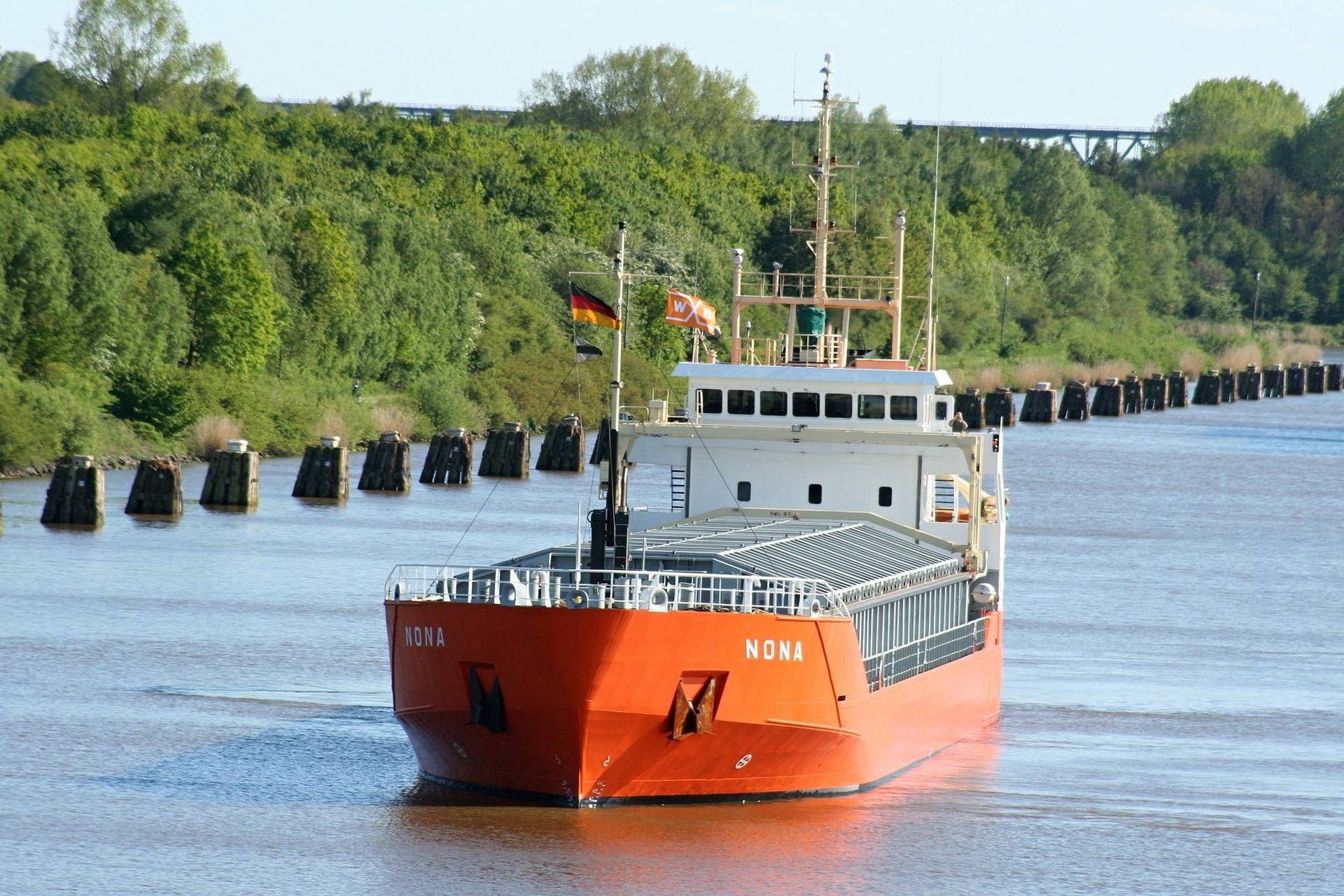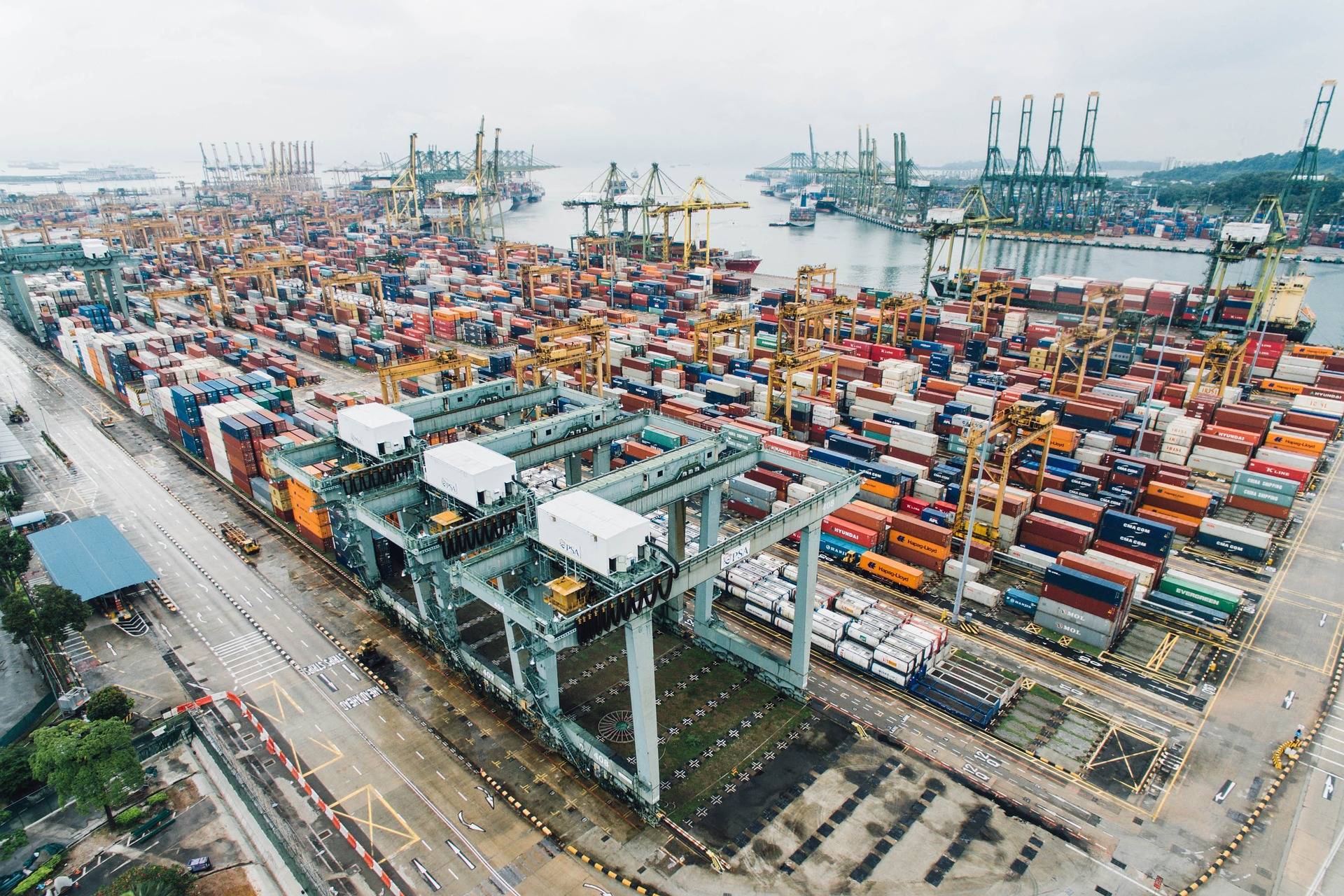Operation on liquefied natural gas (LNG) gas carriers

Automatic translation
Liquefied natural gas carriers, as the name suggests, carry liquefied natural gas. They can be of various volumes, the typical value of which is up to 135 thousand cubic meters. There are, however, small-capacity gas carriers, only up to 20 thousand cubic meters. At the same time, gas tankers of the Q-Flex and Q-Max series can hold up to 270 thousand cubic meters of liquefied gas, which is almost twice the typical capacity. Liquefied gas tankers are distinguished by their speed as for a large-tonnage vessel (up to 20 knots), as well as quite fast in terms of loading and unloading (usually this value is within 12-18 hours). In addition, given the capital intensity of the process of construction and operation of LNG carriers, it is highly undesirable to allow their downtime.
Compliance with safety requirements
Liquefied gas is transported in the tanks of the vessel at a temperature of -162 degrees Celsius. The tanks themselves are thermally insulated containers called "cargo storage systems" located inside the hull of the gas carrier. Such a system includes a primary container for liquid gas, followed by a layer of insulating material, then a secondary containment, the function of which is to prevent leaks, and then another layer of insulating material. It should be noted that any surfaces in contact with liquefied natural gas are made in strict accordance with safety requirements, from materials that are resistant to extremely low temperatures, mainly stainless steel. But, also, there are tanks made of aluminum or an iron alloy with a 36% nickel content (the so-called
Today, about 60% of LNG carriers worldwide use a three-membrane tank system (GazTransport, Technigaz and CS1). In such designs, a thinner membrane is used with support for the walls of the body. These systems differ mainly in the materials from which the membranes are made, as well as in secondary insulation. Among these, corrugated stainless steel, sheet aluminum, interspersed with layers of fiberglass, are used.
Another distinctive feature is that many new generation LNG carriers are now equipped with a ship regasification unit. This makes it possible to speed up the tanker unloading process and significantly save costs on in-port facilities.
 Other running machines
Other running machines
For seafarers who are planning to choose this type of vessel for building a career and working at sea, it is important to note one more nuance. The fact is that new LNG carriers are equipped with different propulsion machines than older ships. With an increase in the capacity of gas carriers' tanks, the power of steam turbines will not be enough to develop the proper speed during transportation. As a result, either dual-fuel gas-oil engines (developed back in the 80s) are used, or the latest dual-fuel engines running on liquefied carbon gas. This makes some adjustments to the package of documents for ship mechanics, since they need to remove the corresponding restrictions and get access to work with this kind of engines.
Operation on LNG carriers has its own distinctive features, but is quite profitable in comparison with many other types of vessels. The official agent of the leading representative of the LNG carrier fleet, Eaglestar, Marine MAN Ltd ®, invites experienced Ukrainian sailors to try themselves as a crew member (from among the senior officers) on LNG LNG carriers. Interested seafarers can send their CVs to the company's e-mail - cv@marineman.eu.




